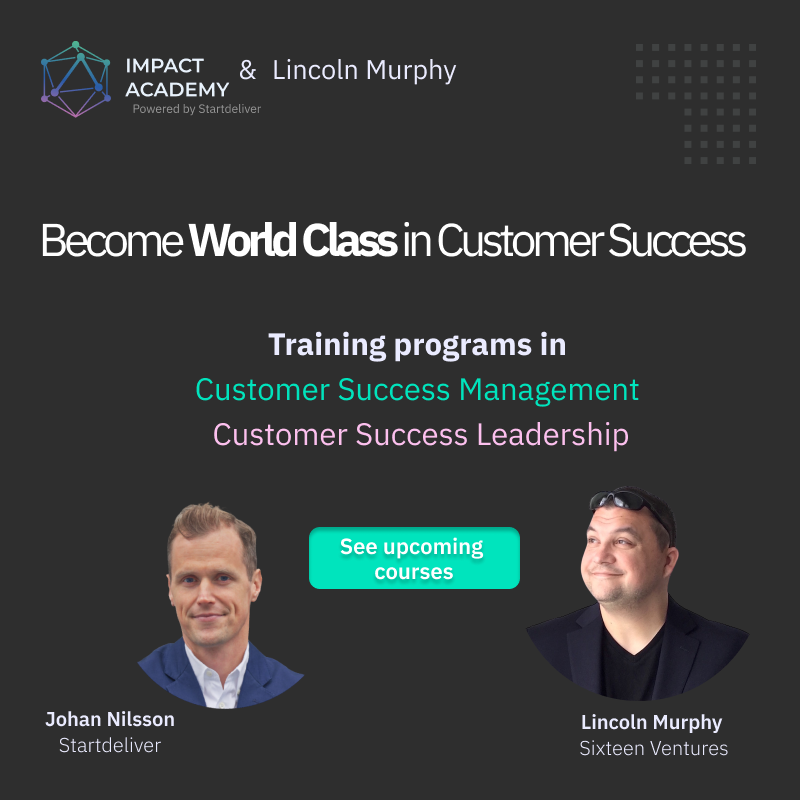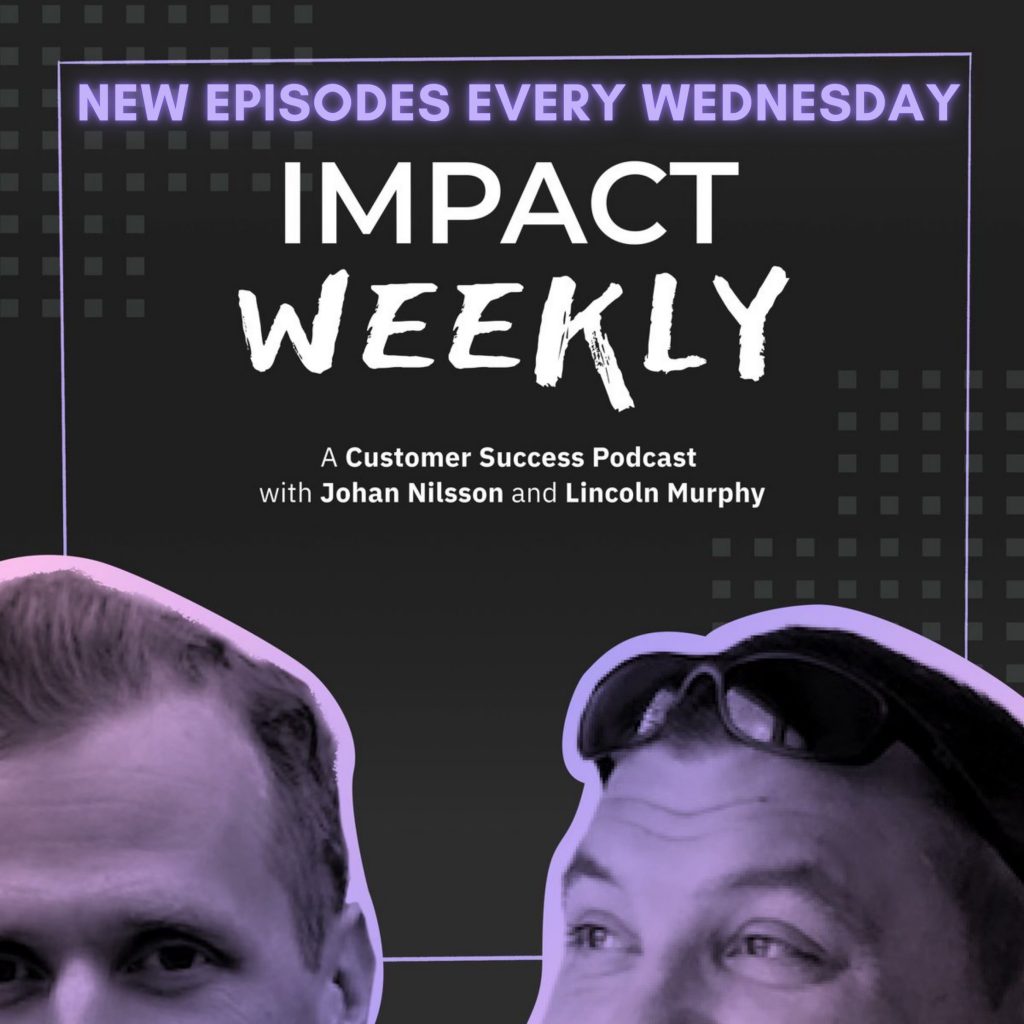 I was talking to the CEO of a SaaS startup on Clarity about a dilemma many companies go through.
I was talking to the CEO of a SaaS startup on Clarity about a dilemma many companies go through.
They’ve decided it’s time to get deliberate about their progress and start testing their Ideal Customer Profile… but there’s a problem.
They already have sales develop reps (SDRs) generating leads and account executives (AEs… aka sales people) closing deals. Both of those groups carry a quota; SDRs on the number of touches and AE the number of closed deals.
So while they know they need to make a change to ensure their long-term success, they know that the SDRs and Sales orgs will want to stick to what works (for them).
Here’s what I told them… hopefully it’ll help you if you run into this situation, too.
Incentives Drive Behavior
The reality is, the CEO could try to strong-arm change or just fire the SDRs and Sales teams for not helping with what’s best for the company long-term.
But firing the teams wouldn’t be fair since it is the action of the CEO – and his direct reports like the VP Sales – who caused this behavior in the first place!
This CEO needed to understand what drives behavior and realize he actually has the power to invoke change in a very simple way; incentivize different behavior.
Right now SDRs and AEs are incentivized to make their numbers; contacts and sales. Because of that, they’ll do what works to hit those numbers and get their compensation that’s tied to hitting those numbers.
If you tell them to do something different – even if it’s for the long-term good of the company – and don’t change the incentives – the behavior will not change.
And they’ll continue to make sales that are incongruent with your long-term success, and might even be incongruent with the long-term success of the customer; it’s this that is likely the reason it’s time to test an Ideal Customer hypothesis.
So…
Change the Incentives, Change the Behavior
In business, it’s just a given that you pay commission on sales and variable compensation to SDRs based around positive contacts.
But it’s less obvious that this is not something you have to do.
You can pay commission or other “variable” comp like spiffs based on whatever you want. There are no rules (outside of what’s legal / ethical).
So if you want to drive behavior that’s in-line with what you feel is the necessary for the long-term success of your company, then create an incentive program for SDRs and AEs that make it worth their while to stop doing what’s just best for them. Everybody wins.
But let me be clear on something…
It Isn’t an All or Nothing Decision
If you need to keep making sales in order to survive and literally couldn’t continue if your sales stopped, just remember this doesn’t have to be all or nothing.
Let me take a stop back for a second… your sales dropping off completely is not likely to happen – that’s kind of the opposite of what we’re going for here. But if you put all of your resources into testing an Ideal Customer hypothesis, I suppose it could happen in theory, so you need to be aware of that.
So, when you decide on a new Ideal Customer Profile to test, you can either have all of your SDRs and AEs working the new Ideal Customer Profile, or you can carve out a subset of each group to handle the testing.
This way you still have some SDRs and AEs continuing down the existing path and some SDRs and AEs testing the new path. It doesn’t have to be an all or nothing thing, but if it can be it should.
If you decide to go the route of having just a subset do the testing, let’s hope it’s not because…
FOMO Makes an Appearance
 The only acceptable reason to not have all SDRs and AEs participating in testing your Ideal Customer hypothesis is the aforementioned “we’ll go out of business if sales stop.”
The only acceptable reason to not have all SDRs and AEs participating in testing your Ideal Customer hypothesis is the aforementioned “we’ll go out of business if sales stop.”
But when you get deliberate and focus on an Ideal Customer Profile – one that you’ve developed using the Framework I developed and approach it thoughtfully and purposefully and your team all agree on it – you just should not experience all sales stopping. That’s just not a realistic concern.
So if you have concerns like that which are making you think about keeping one foot in the old way and trying the new way with the other foot, it’s FOMO – the Fear of Missing Out – rearing it’s ugly head again.
All I can say is this… as a CEO its time to grow up and move past FOMO and get deliberate about your progress as a company.
If you need to know why, read the amazing book Essentialism: The Disciplined Pursuit of Less by Greg Mckeown, especially the part about Southwest Airlines vs. Continental Airlines and how Herb Kelleher took Southwest to new heights (pun 100% intended) by avoiding the “Straddle Strategy.”
Okay, so here are some things you can build incentive programs around… this is just a sample to get your brain moving in the right direction.
SDR Incentives for Ideal Customer Testing
Sales Development Reps (SDRs) or Business Development Associations (BDAs) or whatever you call the people that reach out to prospects… this is for them. If your SDRs/BDAs also qualify inbound leads, you’ll just have to do this exercise for them, too. That list will be different than this one.
Ideal Customer contacts
If you want to accurately test an Ideal Customer Profile hypothesis, it helps to contact only those customers that fit the profile. To keep your SDRs on track and not go outside the profile to try to increase other numbers, provide an incentive of some sort – might just be a spiff based on accuracy – to actually keep their target lists small.
Number of Positive Responses
If you narrow your focus and really target wisely, you should sky-rocket the number of positive responses you get as a percentage of messages sent. So focus on the actual number, not the percentage rate… especially if trying to benchmark against your “wide net” generic messaging that got a 0.5% positive response rate.
Number of Message Variants tried
You need to be able to test your message, and this is the best way; each variant shouldn’t go out to less than 50 contacts to test what resonates. Ideally, what the SDRs are doing is being backed-up by marketing (landing pages, URL parameter-based dynamic messaging, etc.), so this should be coordinated with marketing.
Okay, so those are just some ideas for SDRs. Now some…
Account Executive Incentives for Ideal Customer Testing
Ideal Customers Closed
While we’re testing an Ideal Customer Profile (and remember, we’ll only test that ICP for a defined period of time), I don’t care how many deals an AE closes overall. I only care about how many deals they close with customers that fit the Ideal Customer Profile. And that’s what I’ll incentivize against.
Number of Message Variants tried
I want my AEs to try different things with prospects; positioning statements, benefit messages, other ways to enter the conversation already going on in the mind of the customer. In order to get that to happen when they already have a version that works, we have to make it just as enticing for them to try the new message as it would be to use the existing one.
Or, if you have a particularly complex sales process (hopefully narrowing down to one Ideal Customer Profile will help streamline that process), then you might need to do something like…
Sales Process Variants tried
Obviously you’re never going to close the deal on the first interaction between the AE and the customer so even with the “number of message variants” concept above you have to be diligent about keeping track of messaging/positioning for each customer (add a field in your CRM).
But for some situations you might actually want to test a whole different sales process. Maybe it’s high-touch vs. low-touch, where the 1:1 demo happens, whether there’s a demo webinar before the 1:1, etc. You may have several hypothesis about what will work for your Ideal Customer Profile; you need to incentivize your AEs to actively test that variant.
This would need to be aligned with SDRs (and incentivized accordingly) and also Marketing, ops, and other team members, too. Speaking of them, here’s what to do…
For those Without Incentive Plans
If you have others involved – from sales ops to lead “research” (scrapers) people, or even your marketing folks – you may not need to create an incentive plan for them since their compensation is likely not based on the same level of variable comp.
But you may want to measure their progress differently during testing. Instead of measuring marketing on Marketing Qualified Leads (MQLs) or Sales Qualified or Accepted Leads (SQL or SALs), you might want to start measuring them on how many different variants they tested across ads, landing pages, marketing site, etc.
Defining an Ideal Customer Profile is absolutely one of the best things you can do for your company… but there are some things you need to work around, and an existing sales organization is one of those. I hope this helps you make that transition a bit smoother.


